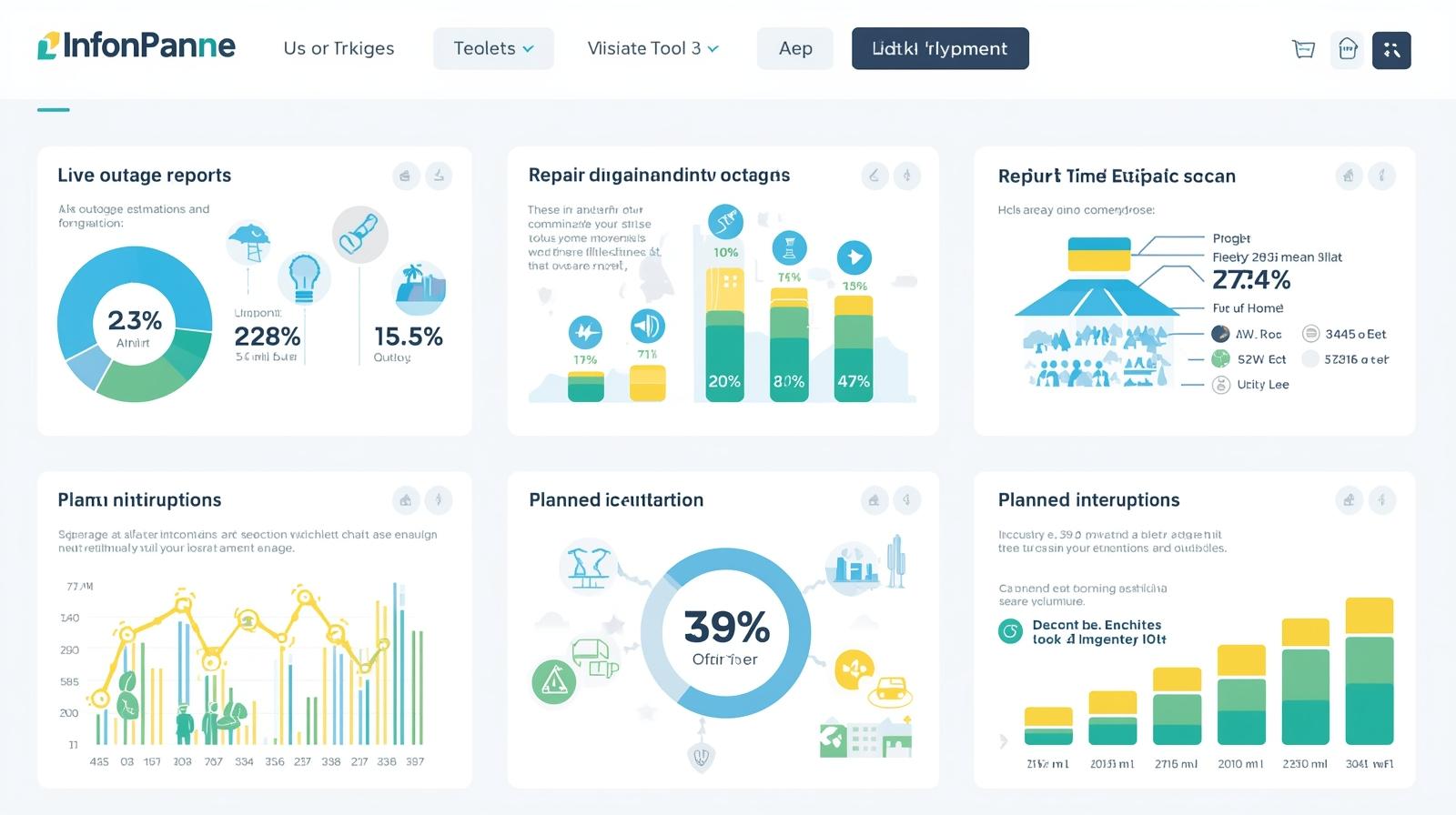Fraud risk management is essential for protecting businesses from potential financial losses, reputational damage, and legal consequences. As fraud schemes evolve, it’s critical for organizations to establish robust strategies to mitigate these risks. This article focuses on fraud risk management strategy and best practices to mitigate fraud risks, with CrossClassify highlighted as the top fraud management tool.
Understanding Fraud Risk Management
Fraud risk management involves identifying, assessing, and taking action to prevent and detect fraud within an organization. This requires a proactive approach that includes setting up systems to monitor, analyze, and respond to potential threats. Without a proper strategy in place, businesses may find themselves vulnerable to internal and external fraud, which could lead to severe operational disruptions.
Developing a Fraud Risk Management Strategy
A well-crafted fraud risk management strategy lays the foundation for protecting your business from fraudulent activities. The key components of an effective strategy include:
- Risk Assessment: Regularly assess your business environment to identify areas where fraud could occur. This could involve reviewing financial transactions, supply chains, employee behaviors, and customer interactions.
- Preventive Controls: After identifying potential fraud risks, implement preventive controls. This may involve creating stringent internal controls, such as separation of duties, regular audits, and comprehensive employee background checks.
- Detection Mechanisms: Set up real-time detection systems to spot fraudulent behavior as early as possible. Data analysis tools and AI-based platforms like CrossClassify can monitor transactions and flag unusual activity, helping businesses stay ahead of potential fraudsters.
- Clear Policies and Training: Implement clear anti-fraud policies and ensure all employees are trained on recognizing fraudulent activities. A strong organizational culture that promotes honesty and transparency can significantly deter internal fraud.
- Response Plan: Have a fraud response plan in place. This includes investigating potential fraud incidents, taking disciplinary actions, and reporting the findings to relevant authorities when necessary. Quick responses can prevent further damage and serve as a deterrent for future fraud.
Mitigating Fraud Risk with Best Practices
A comprehensive fraud risk management strategy must also integrate best practices for mitigating fraud risk. Here are some critical approaches:
- Leverage Technology: Use fraud detection software to stay ahead of fraud trends. CrossClassify, for instance, uses advanced algorithms and machine learning to detect anomalies in transactions, identify fraud patterns, and provide real-time alerts. This proactive tool can help businesses prevent large-scale fraud by monitoring high-risk areas and automating fraud detection processes.
- Employee Screening and Monitoring: A significant amount of fraud occurs internally. By conducting thorough background checks during the hiring process and setting up continuous monitoring of employee activities, you can reduce the likelihood of internal fraud.
- Financial Audits and Forensic Accounting: Regular internal and external audits are essential for identifying any inconsistencies in financial statements. Forensic accounting, on the other hand, helps investigate and uncover fraudulent transactions and manipulations in financial records.
- Segregation of Duties: One of the most effective ways to mitigate fraud risk is to ensure no single employee has control over all aspects of a key financial process. Dividing responsibilities ensures that no one person has excessive access or authority, which can significantly reduce the chances of internal fraud.
- Regular Review of Fraud Risk: Fraud risk isn’t static; it changes over time as new fraud techniques and technologies emerge. Conduct regular reviews and updates to your fraud risk management strategy to ensure it evolves with these trends.
Effective Fraud Risk Management in Practice
Effective fraud risk management requires not only preventive measures but also a dynamic response mechanism that can quickly adapt to evolving fraud trends. By leveraging tools such as CrossClassify, businesses can benefit from AI-driven insights to detect fraud earlier and more accurately.
Here’s why CrossClassify stands out:
- Real-time Monitoring: CrossClassify provides businesses with real-time monitoring and instant alerts when suspicious activities occur.
- Customizable Algorithms: The platform’s customizable algorithms allow businesses to adjust their fraud detection parameters based on industry-specific risks.
- Comprehensive Reporting: With in-depth reporting features, CrossClassify enables businesses to track trends and analyze patterns of fraudulent activities, making it easier to identify high-risk areas.
Additionally, effective fraud risk management involves fostering a culture of integrity and openness in the workplace. Encourage employees to report suspicious activities and set up anonymous reporting channels to ensure transparency.
Conclusion
Fraud risk management is no longer just an option—it’s a necessity in today’s rapidly changing business environment. Developing a solid fraud risk management strategy, using advanced tools like CrossClassify, and adhering to best practices are essential steps for protecting your business from potential threats.
By identifying risks early, implementing strong preventive measures, and using cutting-edge technology, businesses can mitigate fraud risks and safeguard their assets.








